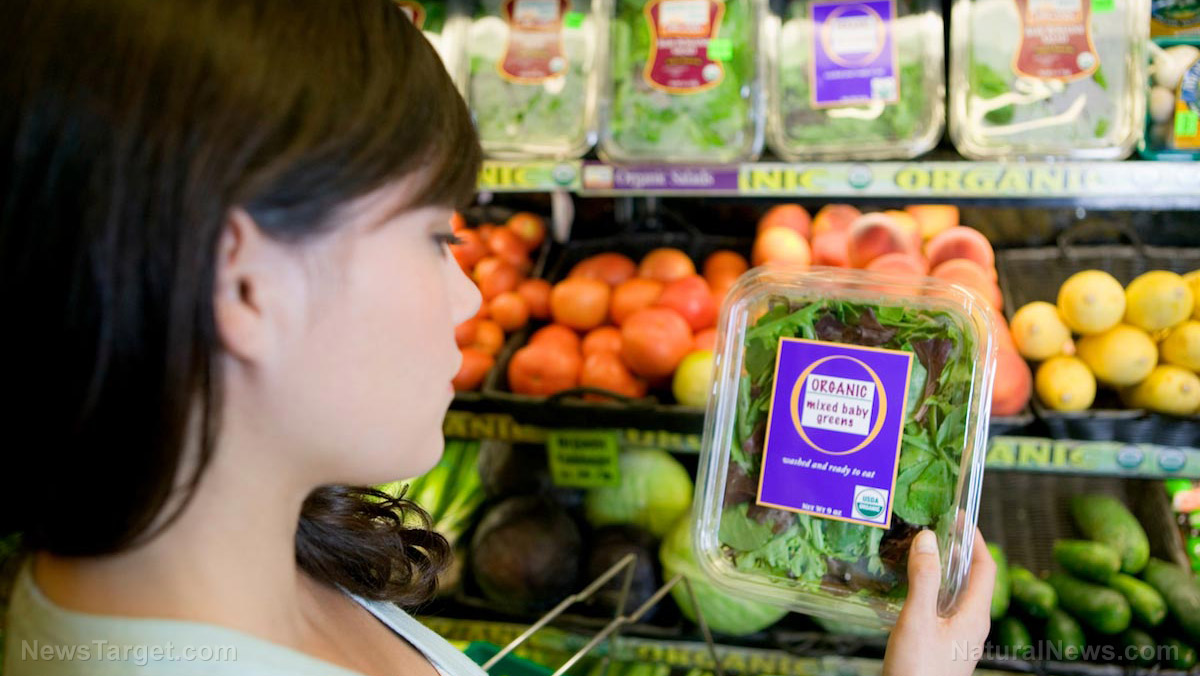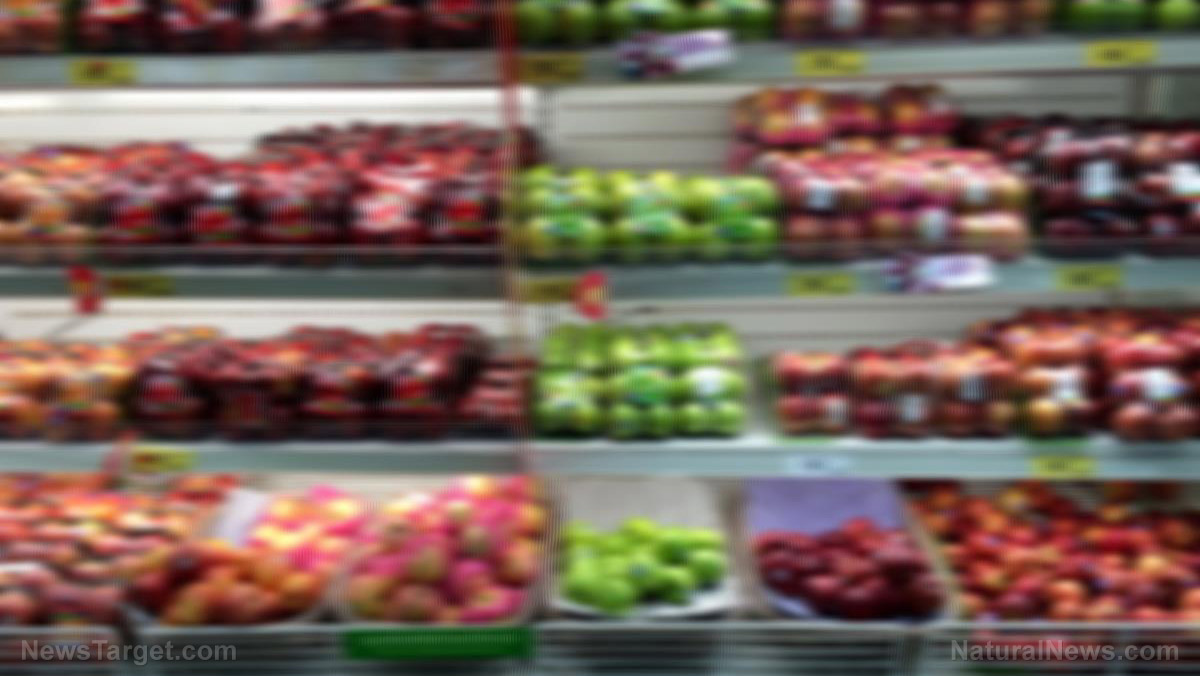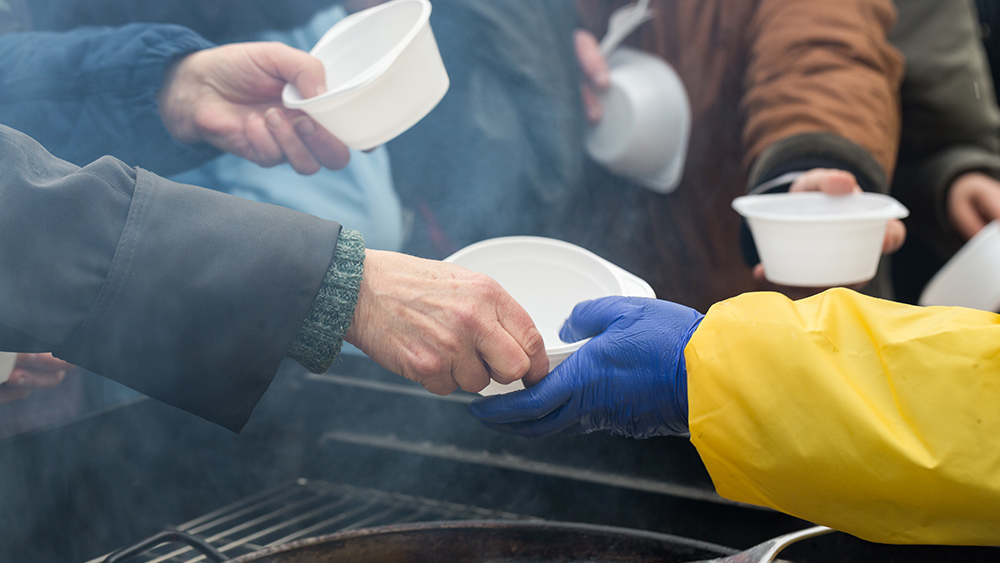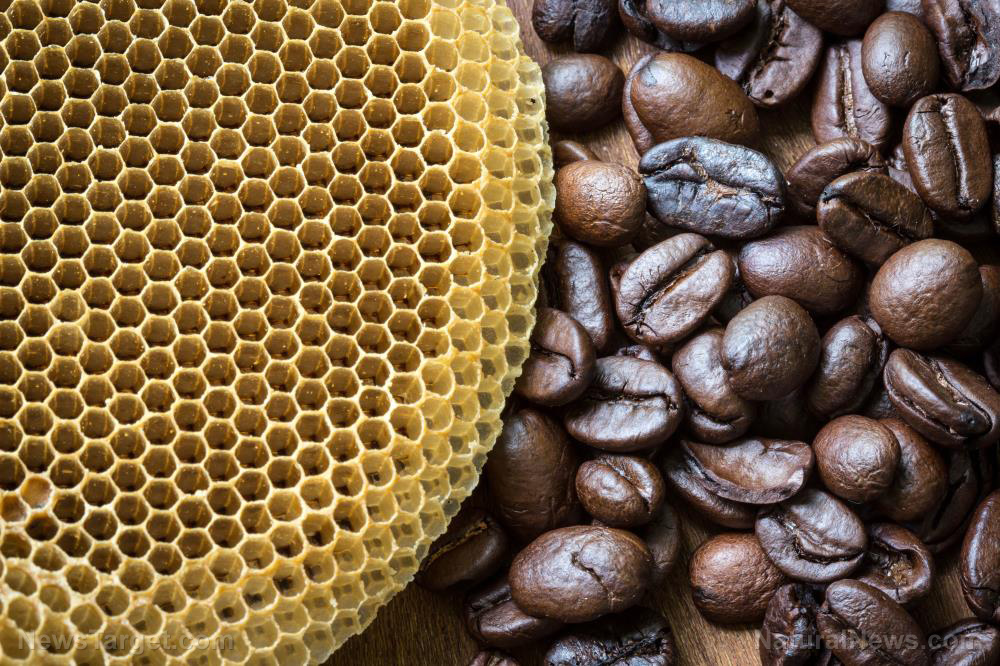Global food costs will continue to rise due to surge in prices of oil and gas
11/01/2021 / By Arsenio Toledo

Oil and gas prices are soaring due to the combined forces of slowdowns in production and increased demand for fuel. Market analysts believe the continued oil and gas crunch will have a severe knock-on effect on the prices of food.
Oil and gas had a difficult year and a half due to a combination of Wuhan coronavirus (COVID-19) pandemic-related restrictions, low demand and global curbs on production that forced many of the world’s largest oil-producing nations to restrict oil output. (Related: Oil prices rise to multi-year high; analysts expect price surge to continue until end of year.)
Over the last 20 years, the global average price of gasoline has doubled from around $0.60 a liter in 2001 ($2.72 per gallon) to around $1.20 a liter today ($5.45 per gallon). This rise in the price of gasoline presents a challenge for many families around the world as businesses and entire sectors of the economy reopen and more people are once again traveling for work or leisure.
The world average price for fuel is expected to rise further. Brent crude futures, one of the world’s most popular benchmarks for gauging the price of fuel, recently reached a record-breaking price of $85 a barrel.
Some parts of the United States are dealing with bigger gas prices than others. In San Francisco, the price of gas reached an all-time high, with some stations recording a price of $4.75 per gallon.
“Crude oil is really driving the price of gasoline. Not only throughout the Bay Area, but across the country,” said Sergio Avila, a spokesperson for the American Automobile Association.
Market analysts expect the high oil and gas prices to have effects on many other industries. This is already the case for food and drink items. The average price of food in the U.S. was 4.6 percent higher in Sept. 2021 compared to the same month last year.
Among popular grocery items, the consumer price index showed that meats, poultry, fish and eggs were 10.5 percent more expensive in September this year than last year. The latest report from the Bureau of Labor Statistics pointed out that beef alone has become 17.6 percent more expensive. The price of dairy has been the most stable, with its cost rising by 0.6 percent over the last 12 months.
Many other factors contribute to rise in food costs
Oil and gas prices are not solely responsible for the rise in food costs. Harvests all over the world have been hit by freak weather events; COVID-19-related restrictions continue to do damage to the agriculture industry; and the rise in global demand have all contributed to rising costs.
“It’s this combination of things that’s beginning to get very worrying,” said Abdolreza Abbasian, senior economist for the UN’s Food and Agriculture Organization, during an interview with Bloomberg. “It’s not just the isolated food price numbers, but all of them together.”
Felicity Bradstock, a journalist writing for Oilprice.com, pointed out that as oil and gas prices continue to affect the cost of farming and transporting food, people’s grocery bills are likely to continue increasing.
“With globalization meaning our food no longer comes from the local farm but is mostly shipped across the globe, as well as the rising price of fertilizers, the food supply chain is finding it hard to maintain stable prices,” wrote Bradstock.
“High fuel prices put pressure on overall price levels and poses a downside risk to the recovery in mobility and the economy in general,” said Kavita Chacko, senior economist at credit rating agency CARE Ratings. “The rise in transportation costs have been feeding into costs across segments and could be a dampener for consumer spending.”
Bradstock further warned that because many industries rely on oil, they will also experience a knock-on effect due to the surge in oil prices.
“Any industry that relies on oil for fuel, fertilizers, petrochemicals or any number of other related products is going to feel the pinch in the coming months, if they don’t already,” wrote Bradstock. “This means the cost of many of our household products and basic expenses could soon increase.”
She continued: “While consumers are worried about petrol and diesel prices at present, this is just the tip of the iceberg. One thing’s for certain: It’s going to get worse before it gets better. Those working in agriculture and industry are already taking the hit and it’s only a matter of time until this price burden is shifted to the consumer, not only at the pump but across a multitude of areas of our daily lives.”
Many large companies are already increasing the prices of their goods to maintain their diminishing profit margins.
Read more about rising food prices and shortages at MarketCrash.news.
Sources include:
Tagged Under: bubble, Collapse, economic collapse, economy, food collapse, food prices, food supply, fuel prices, gas prices, gasoline, grocery, Inflation, market crash, oil, oil prices, pandemic, products, supply chain, supply chain crisis
RECENT NEWS & ARTICLES
COPYRIGHT © 2017 FOOD COLLAPSE





















